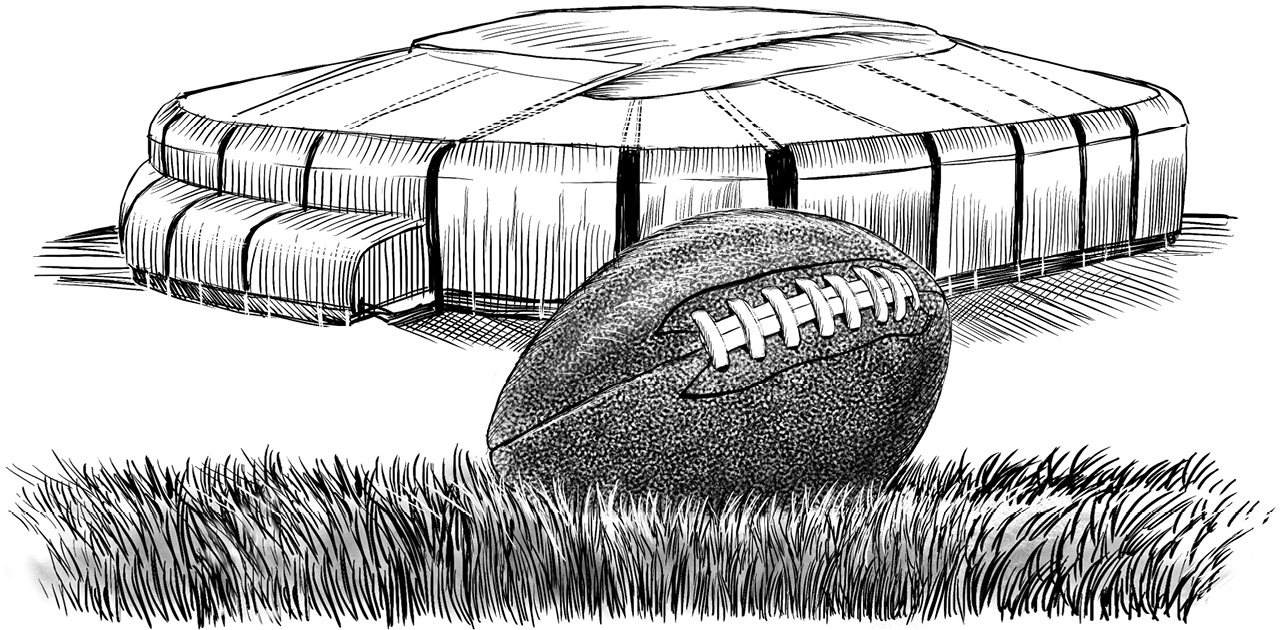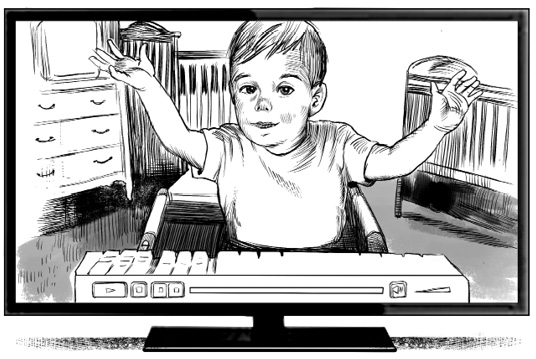CHAPTER 10
How Do You Stop a Legend?
On February 2, 2014, the Seattle Seahawks played the Denver Broncos in Super Bowl XLVIII. The Seattle Seahawks were young. Their average age was 26.4 years old. Russell Wilson was the Seahawks’ quarterback. Wilson was only twenty-five. He’d been playing in the NFL for two seasons. This was his first Super Bowl.
Everyone knew he was smart. They knew he could pass. But did he have enough experience?
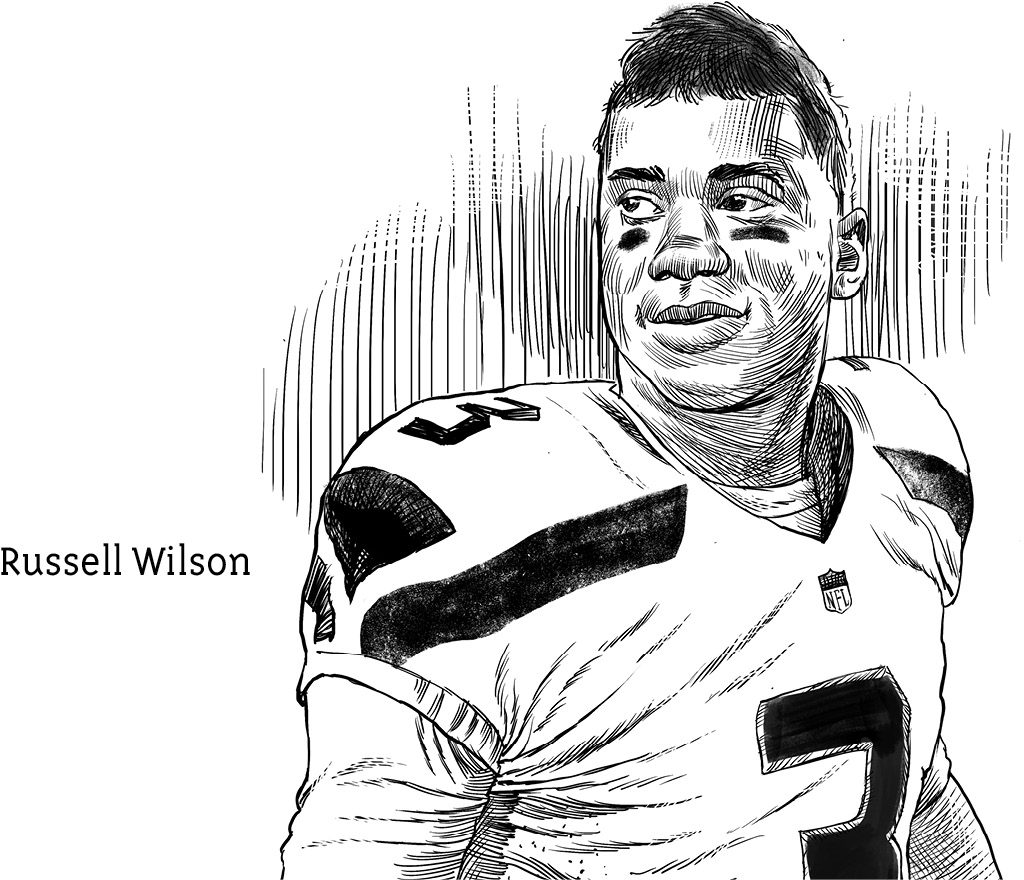
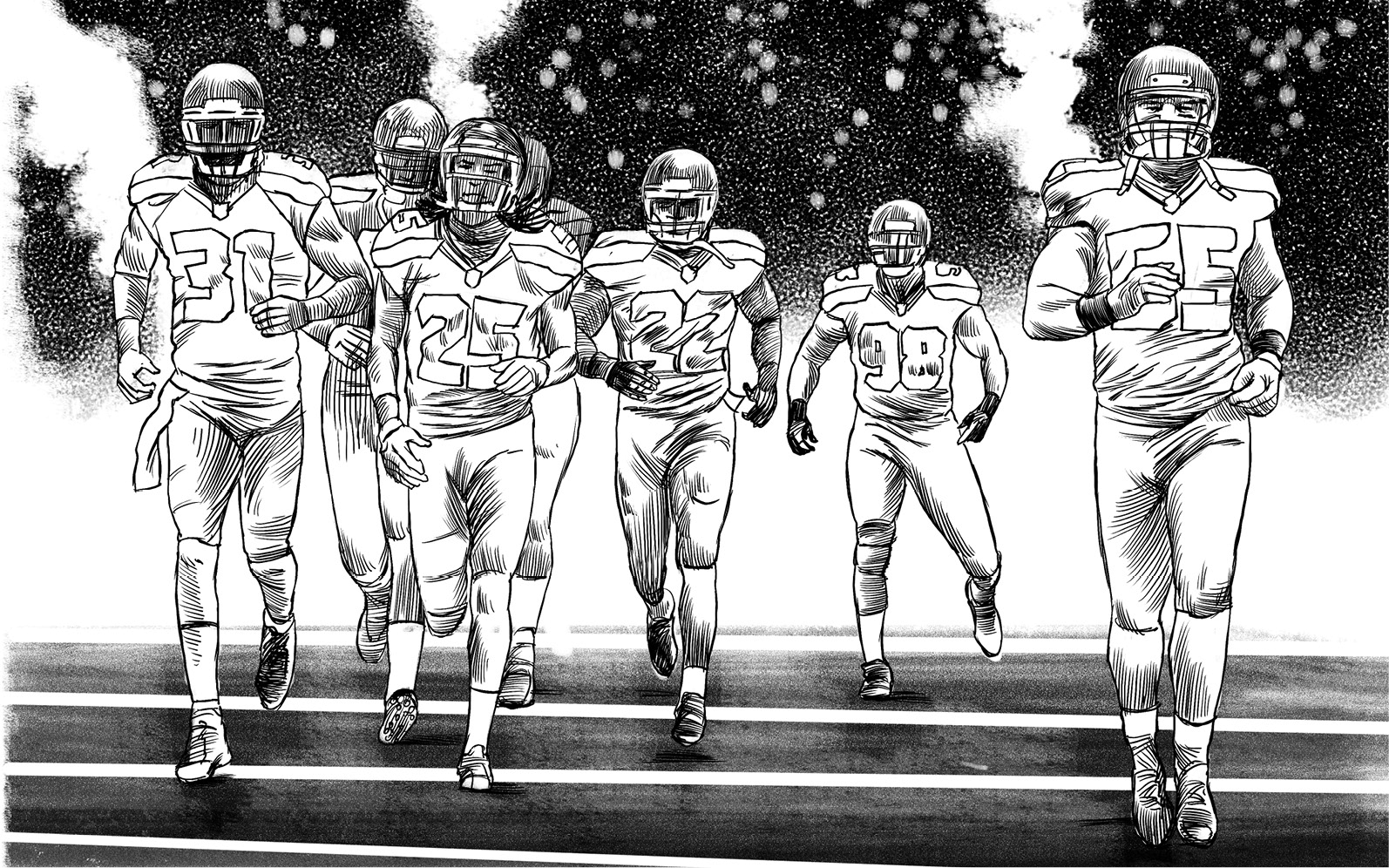
Peyton Manning was the Denver Broncos’ quarterback. At thirty-seven years old, he was a legend. One of the greatest. He had more NFL MVP awards than any other player in history. He’d played in two Super Bowls. He had won a Super Bowl ring. He was a Super Bowl MVP.
The Broncos’ 2013 season had been one for the books. They shattered the record for most points scored in one season, with 606. Manning broke two NFL records: most touchdown passes in a season (fifty-five) and most yards passing.
The Broncos had a great offense, but the Seahawks had something the Broncos didn’t. They had the number one defense in the NFL. Their defense had allowed the fewest yards. It had allowed the fewest points. Each team had finished the season with a 13–3 record. Could the team with the best defense beat the team with the best offense?
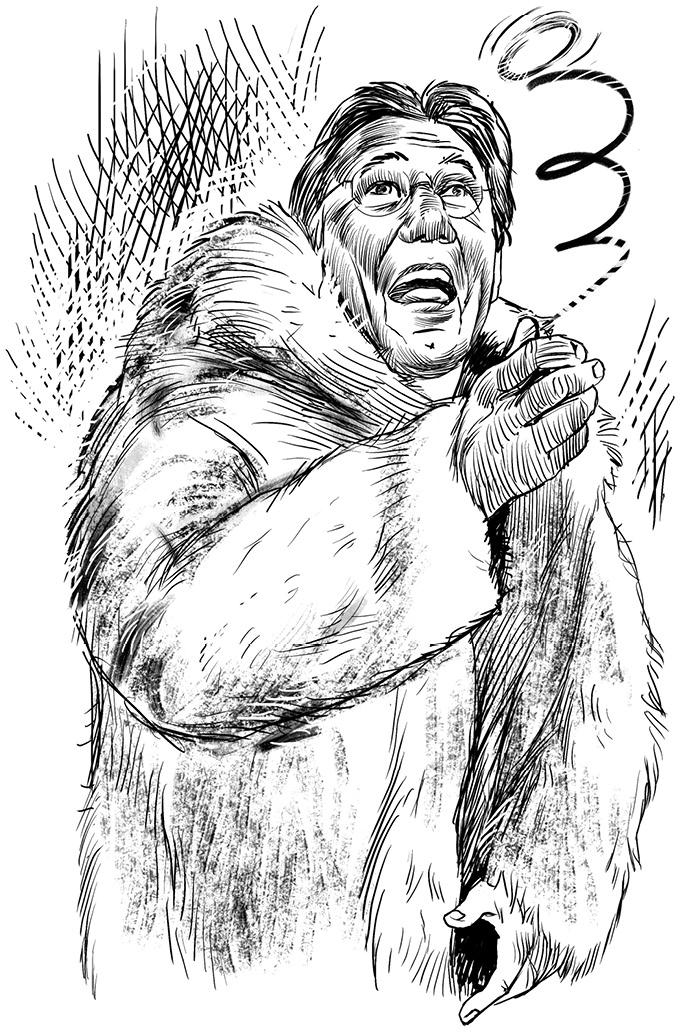
The game was held in MetLife stadium in East Rutherford, New Jersey. Before this, no Super Bowl had been played in an open stadium in a cold-weather state. A few days before, the weather had been freezing. But it was warmer now.
Joe Namath tossed the coin at the start of the game. Seattle won the toss and chose to receive. The Broncos lined up. The Broncos’ center crouched. He snapped the ball back to Peyton. The ball flew over Peyton’s head and landed in the Seahawks’ end zone. The Broncos’ running back got to the ball before the Seahawks. But the Seahawks brought him down before he could scramble out.
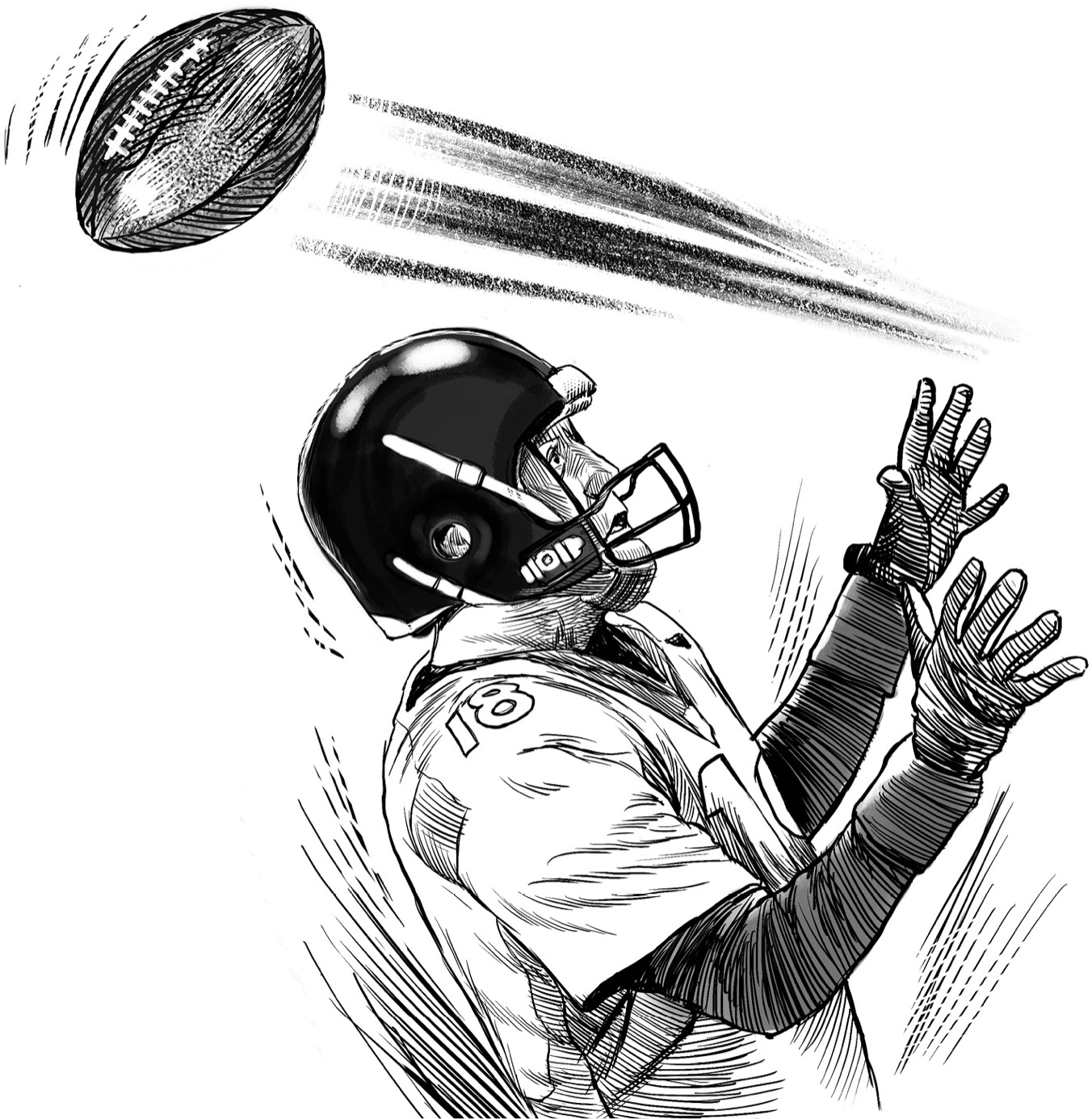
“Safety!” the ref called. When a player causes the ball to be “dead” in the other team’s end zone, a “safety” is called and his team is awarded two points. Seattle was ahead 2–0. The game had only begun twelve seconds earlier. No team had ever scored so soon in a Super Bowl.

Seattle scored two field goals and a touchdown. The score was 15–0. Manning threw a pass. Linebacker Malcolm Smith saw it coming and intercepted. He kept running—all the way to the Broncos’ end zone. Touchdown! The score at halftime: Seahawks 22, Broncos 0.

It was looking bad for the Broncos, and it only got worse. After the Broncos kicked off the second half, the Seahawks scored another touchdown. The score was Seahawks 29, Broncos 0.
The Seahawks defensive backfield was living up to its nickname: “the Legion of Boom.” They were on fire. They knocked a Manning pass away. Seattle got the ball. Seattle scored again: 36–0.
The third quarter was winding down. Manning was able to complete pass after pass, and the Broncos finally scored. They went for a two-point conversion. The score: Seahawks 36, Broncos 8.
The Seahawks scored another touchdown at eleven minutes left in the game. The Legion of Boom wouldn’t quit. They stopped almost every play the Broncos tried. Final score: Seahawks 43, Broncos 8. The young Seahawks were the NFL champions.
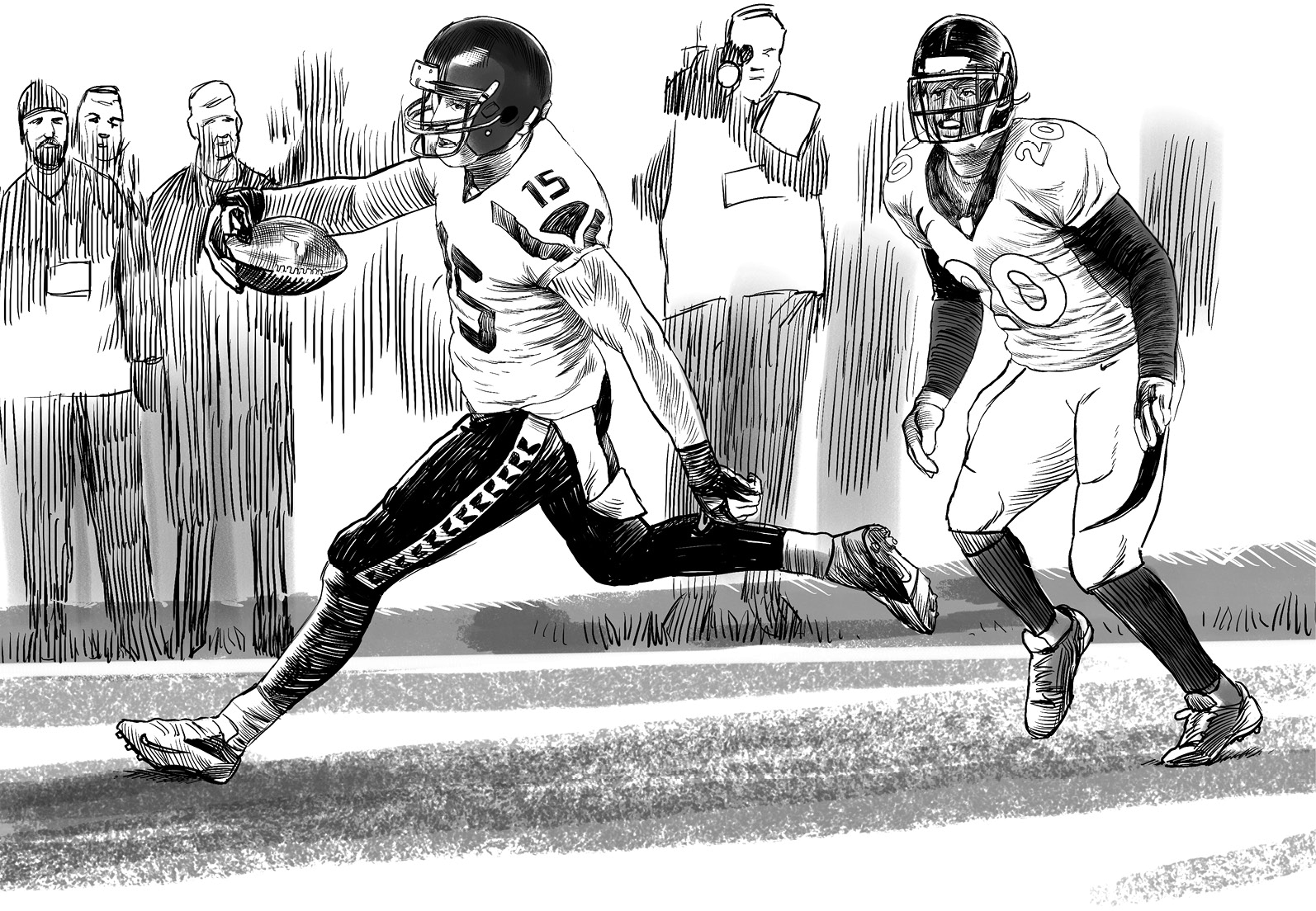
On February 1, 2015, the Seattle Seahawks returned for Super Bowl XLIX. For the second year in a row, they faced a legend. The New England Patriots and their star quarterback, Tom Brady, had played in six Super Bowls, winning three. Brady had won Super Bowl MVP twice before.
The forty-ninth Super Bowl was held at University of Phoenix Stadium, in Glendale, Arizona. Once again, Seattle’s Legion of Boom was ready. Once again, they were the best defense in the league. They had stopped Peyton Manning the year before, and this year they were determined to hold off Tom Brady. But as the game progressed, two of Seattle’s best defensive players couldn’t play due to injuries.
Again and again, Tom Brady’s passes connected. With twenty seconds left in the game, the score was Patriots 28, Seahawks 24. But Seattle had the ball on the one-yard line. They only needed one yard to score the winning touchdown!
Most people assumed Seattle would let their star running back, Marshawn Lynch, push his way past the goal line, but Seattle’s coach, Pete Carroll, called for a pass. Russell Wilson threw the ball. Malcolm Butler, a rookie Patriots defensive back, was there. He intercepted the ball in the end zone. The Seahawks lost. Final score: Patriots 28, Seahawks 24.
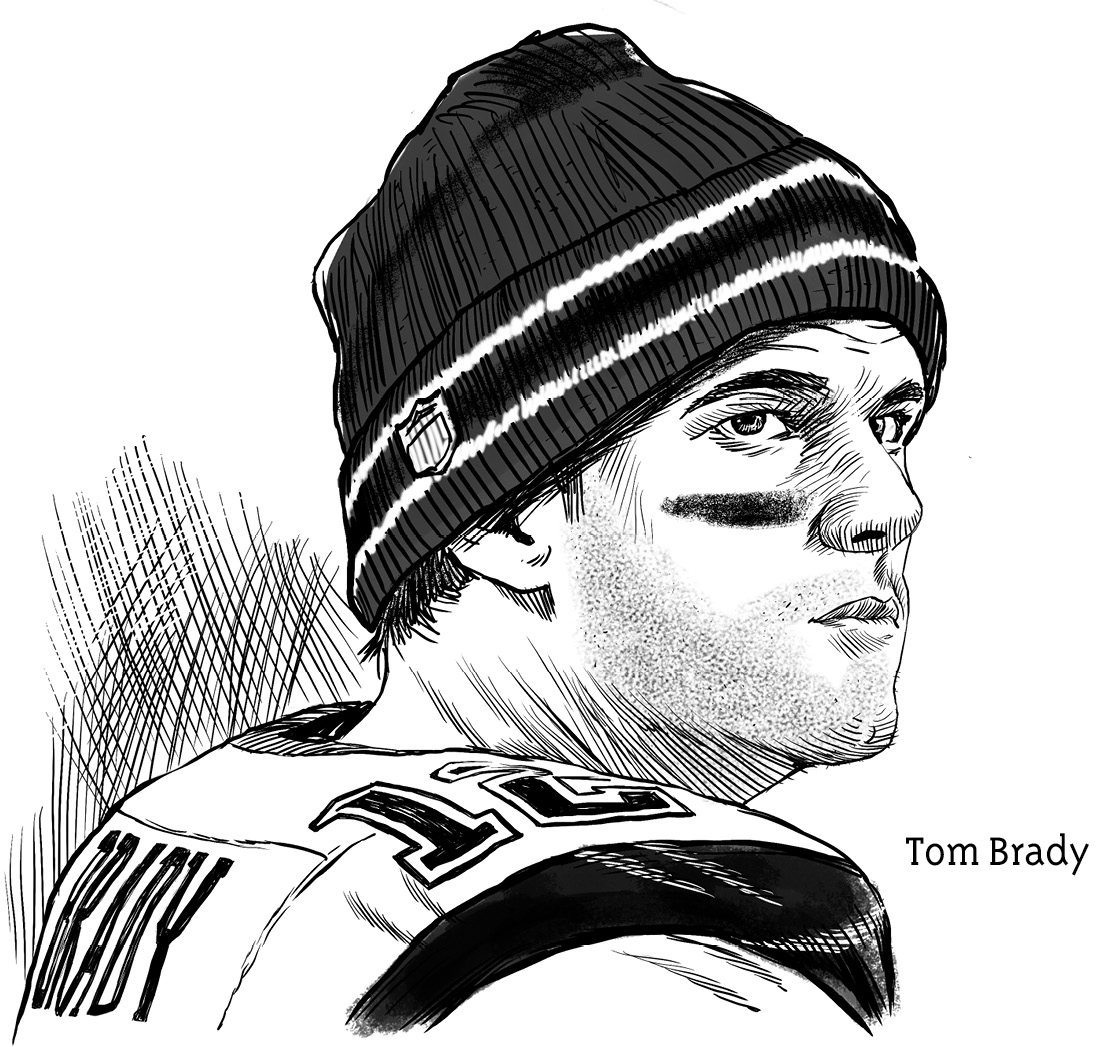
Tom Brady was named the game’s MVP, tying Joe Montana’s record of three Super Bowl MVP trophies.
Many things had changed since the Green Bay Packers won the first Super Bowl in 1967. There were new rules. Helmets were tougher. Coaches called different plays. More fans gathered to cheer on their teams. The cost of a ticket had skyrocketed. In 1967, the top ticket was $12. By 2015, many fans were paying one thousand times that much.
In 1967, high school and college bands marched at halftime. In 2014, the audience became part of the biggest video show ever. As the Red Hot Chili Peppers and Bruno Mars performed, eighty thousand hats lit up. There were three LEDs and a small receiver in each one. In 2015, Katy Perry rode into the stadium on a huge mechanical lion. She ended her show by flying away on a shooting-star platform.

Still, much has stayed the same. The two best teams compete for the championship. A coin toss starts the game. Coaches still call the plays. Quarterbacks throw passes. Receivers leap into the sky and catch them. Everyone tries to score a touchdown. Fans cheer for their teams. The winning team takes home a sterling silver trophy with a silver football on top. Championship rings are still presented. A Most Valuable Player is chosen.
People talk about how the Super Bowl has changed. But has it? Not really.
